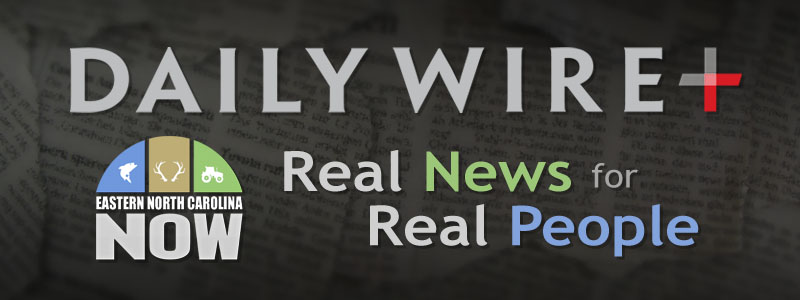Publisher's note: This post, by Brian Balfour, was originally published in Civitas's online edition.
Over at
PoliticsNC.com, former political consultant Thomas Mills re-runs the old trope about how low-income North Carolinians pay a higher share of their income in taxes relative to high-income earners.
Mills starts with the point that the sales tax is considered "regressive" and adds this bit of editorializing:
- That's why liberals in North Carolina howled when the Republicans running the legislature reduced the income tax rate on the highest earners and replaced it with a sales tax on services.
What Mills leaves out of the story, however, is that liberals seemed untroubled, and even supportive, of former Gov. Bev Perdue's decision to impose (and then extend) a
state sales tax hike costing North Carolinians close to a billion dollars a year back in 2011 and 2012.
Moreover, what Mills fails to recognize is that expanding the sales tax to services actually serves to flatten somewhat the progressive nature of the sales tax, as higher-income households
spend a greater share of their income on services than do low-income households.
Now, to the crux of Mills' article.
- Poorer North Carolinians are paying a larger percentage of their income to the government than richer ones. According to a study by The Square Center, the top one percent here pay an effective rate of 6.4% while the middle 20% pay 9.4%.
The data is actually taken from an annual study produced by the left-wing Institute on Taxation and Economic Policy called "
Who Pays?"
There are several flaws in the study that render it not only useless, but deceiving.
- Why does it compare tax burdens of the middle, and lowest 20% with the highest 1%? Why not the lowest 1% versus the highest 1%?
- This study excludes the federal income tax burden, which is highly progressive. With that factored in, we get a much different picture of the overall tax burdens on various income levels.
- This represents merely a snapshot in time. Of course, people move about income levels through the duration of their lifetime. Today's "low-income" individual may be a recent college grad from an upper middle class family merely working an entry-level job on her way to a lucrative career. Conversely, today's "high-income" earner may be a small business owner who struggled for decades and finally had a successful year. This snap-shot report in no way tells us anything about the financial well-being over the lifetimes of the people being studied. In short, simple "income" statistics often provide a misleading snapshot of citizens' financial well-being, and therefore of how taxes really affect them.
- Likely the largest flaw, however, is the study's failure to take into account the value of many government benefits available to low-income households. From ITEP's methodology, they state that government programs distributing cash as benefits, such as social security, unemployment benefits and worker's comp. are included - but this leaves out significant other benefits such as Medicaid, food stamps, etc. For instance, in a 2013 report prepared by NC's legislative Fiscal Research Division, it was reported that, for example, a single mother with two young children with an income of $15,000 would be eligible for government benefits valued at about $30,000. Or a married couple with two young children earning $25,000 would be eligible for benefits worth roughly $25,000. Most of these benefits would not show up in ITEP's measure of income.
- Clearly, a failure to take these benefits into account heavily skews the impact that taxes have on a household's ability to consume goods and services.
Class warfare and stoking envy between income groups is designed with one goal in mind: to serve as excuses for greater government power.
Unfortunately, the latest narrative being advanced by Mills is based on a highly flawed study. Using flawed studies can lead to flawed, and damaging, policies.
























